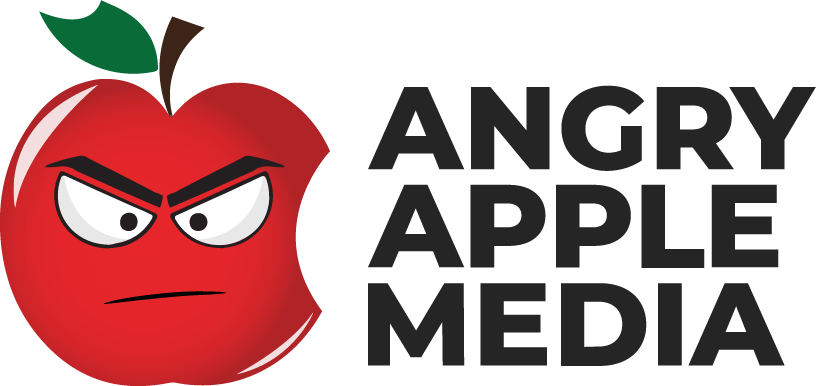
The Science of Digital Marketing: How Can A/B Testing Inform PPC?
Mastering A/B Testing in PPC: A Comprehensive Guide
In the ever-evolving world of digital marketing, pay-per-click (PPC) advertising stands as a powerful tool for driving targeted traffic and generating leads. However, optimising your PPC campaigns for maximum ROI requires more than just setting up ads and letting them run. Enter A/B testing – a critical strategy for fine-tuning your PPC efforts and achieving the best results.
What is A/B Testing?
A/B testing, also known as split testing, is a method of comparing two versions of an ad, webpage, or other marketing elements to determine which one performs better. By systematically changing variables and measuring the outcomes, marketers can make data-driven decisions to enhance their campaigns.
Why A/B Testing is Crucial in PPC?
PPC campaigns involve various elements such as ad copy, headlines, images, call-to-action (CTA) buttons, and landing pages. Each of these components plays a significant role in influencing the user’s decision to click on the ad and convert. A/B testing allows marketers to identify the most effective elements and optimise their campaigns accordingly, leading to:
– Improved Click-Through Rates (CTR): By testing different headlines, descriptions, and ad formats, you can determine which combinations attract more clicks.
– Higher Conversion Rates: A/B testing helps you find the best-performing landing pages and CTAs, leading to increased conversions.
– Lower Cost-Per-Click (CPC): Optimised ads tend to have better Quality Scores, which can reduce CPC and improve ad positioning.
– Enhanced ROI: By continually refining your ads and landing pages, you can achieve a better return on investment.
Steps to Conduct A/B Testing in PPC
1. Define Your Goals: Clearly outline what you aim to achieve with your A/B test. Common goals include increasing CTR, boosting conversions, or lowering CPC.
2. Identify the Variable to Test: Focus on one element at a time to isolate its impact. Common variables include:
– Headlines
– Ad copy
– Display URLs
– Images or videos
– CTA buttons
– Landing page design and content
3. Create Variations: Develop two versions (A and B) of the ad or landing page with the single variable changed. For instance, if you’re testing headlines, keep the ad copy and other elements the same.
4. Run the Test Simultaneously: Launch both versions of your ad simultaneously to ensure that external factors (like time of day or day of the week) don’t skew the results.
5. Monitor Performance: Track key metrics such as CTR, conversion rate, and CPC. Most PPC platforms like Google Ads provide built-in A/B testing tools to simplify this process.
6. Analyse Results: After sufficient data has been collected, compare the performance of both versions. Statistical significance is crucial to determine if the observed differences are likely due to the changes made rather than random variation.
7. Implement the Winner: Once you identify the better-performing version, implement it as the new standard. Continuously test other variables to keep optimising your campaign.
Best Practices for Effective A/B Testing
– Test One Variable at a Time: To accurately measure the impact of a change, only test one variable at a time. Testing multiple variables simultaneously can confound the results.
– Use Sufficient Sample Sizes: Ensure your test runs long enough to gather significant data. Small sample sizes can lead to unreliable conclusions.
– Keep Testing: PPC is dynamic, and what works today might not work tomorrow. Continuously test new ideas and variations to stay ahead of the competition.
– Document Your Tests: Keep a record of all tests, results, and insights. This documentation can inform future tests and prevent repeating past mistakes.
Common Pitfalls to Avoid
– Stopping Tests Too Early: Premature conclusions can lead to incorrect decisions. Ensure you have enough data before deciding on a winner.
– Ignoring External Factors: Be aware of external factors like seasonality, competition, and market trends that can influence test results.
– Overlooking Mobile Users: With the growing use of mobile devices, ensure your tests consider the mobile experience.
Conclusion
A/B testing is an indispensable tool in the arsenal of PPC marketers. By systematically testing and optimising different elements of your campaigns, you can drive more traffic, increase conversions, and ultimately achieve a higher ROI. Remember, the key to successful A/B testing lies in a structured approach, patience, and a commitment to continuous improvement.
Start your A/B testing journey today, and unlock the full potential of your PPC campaigns.
